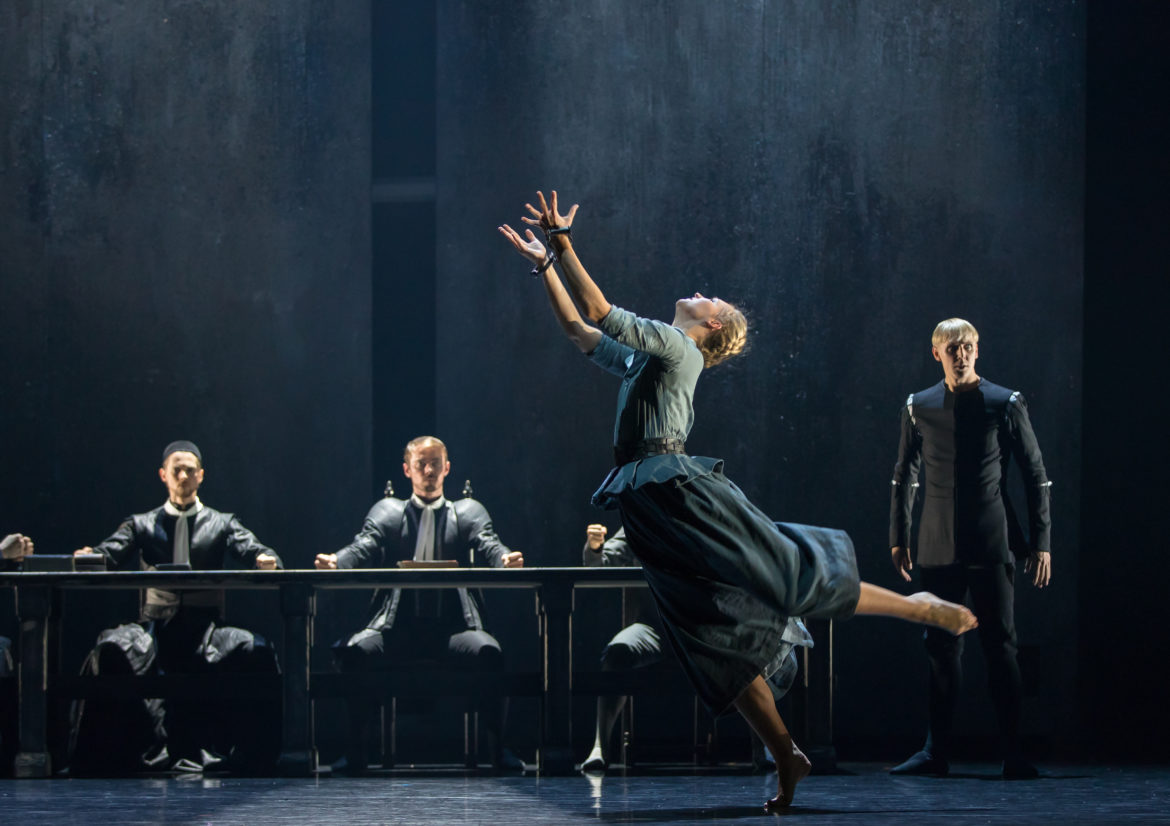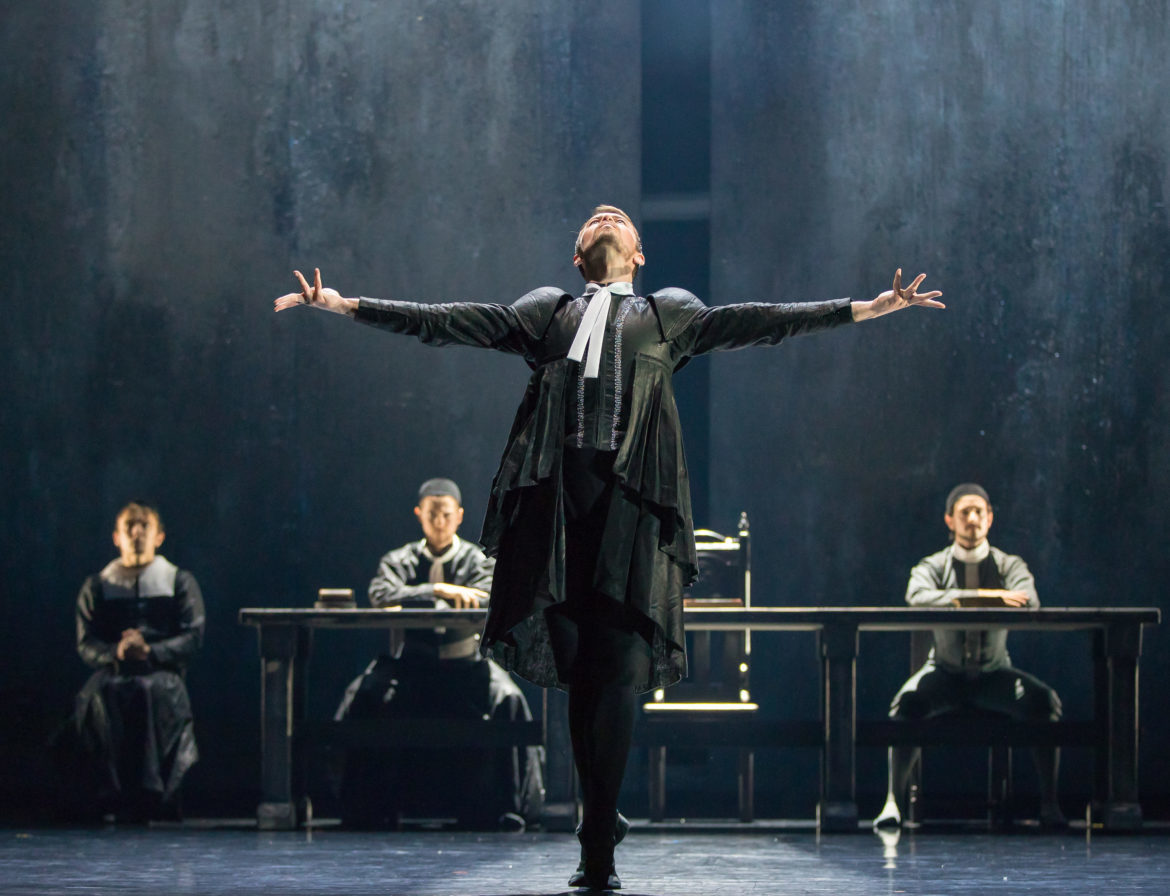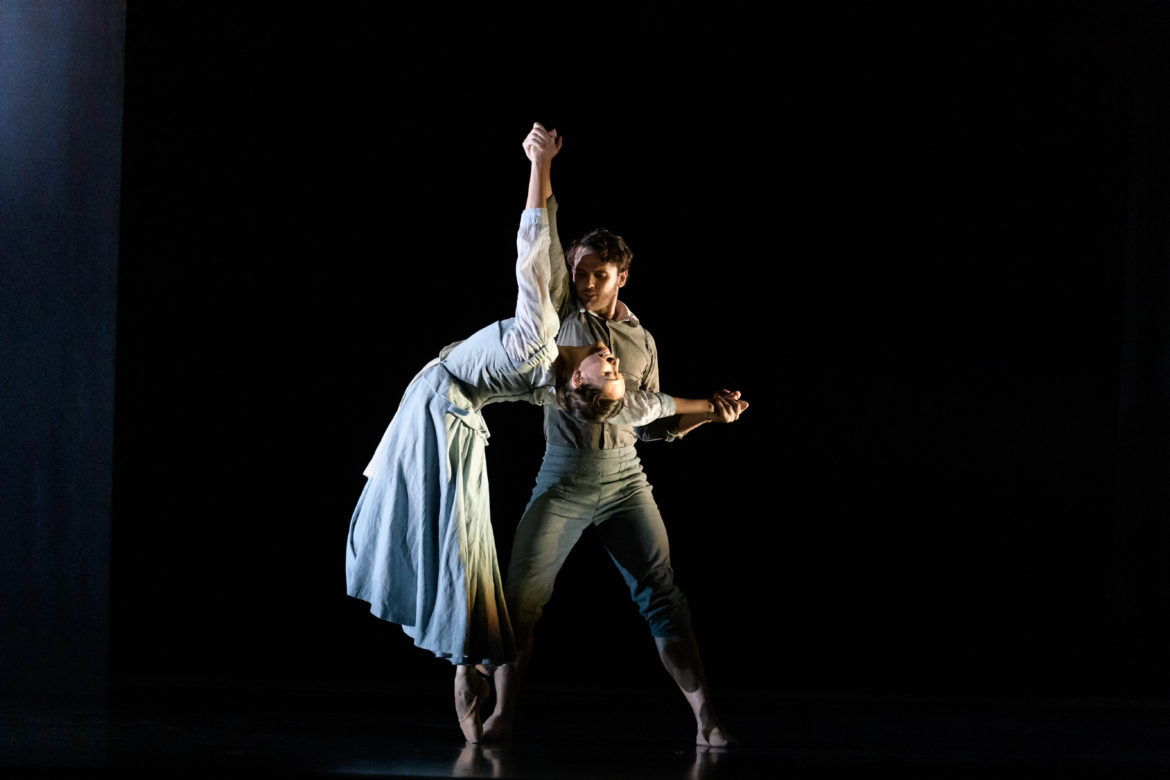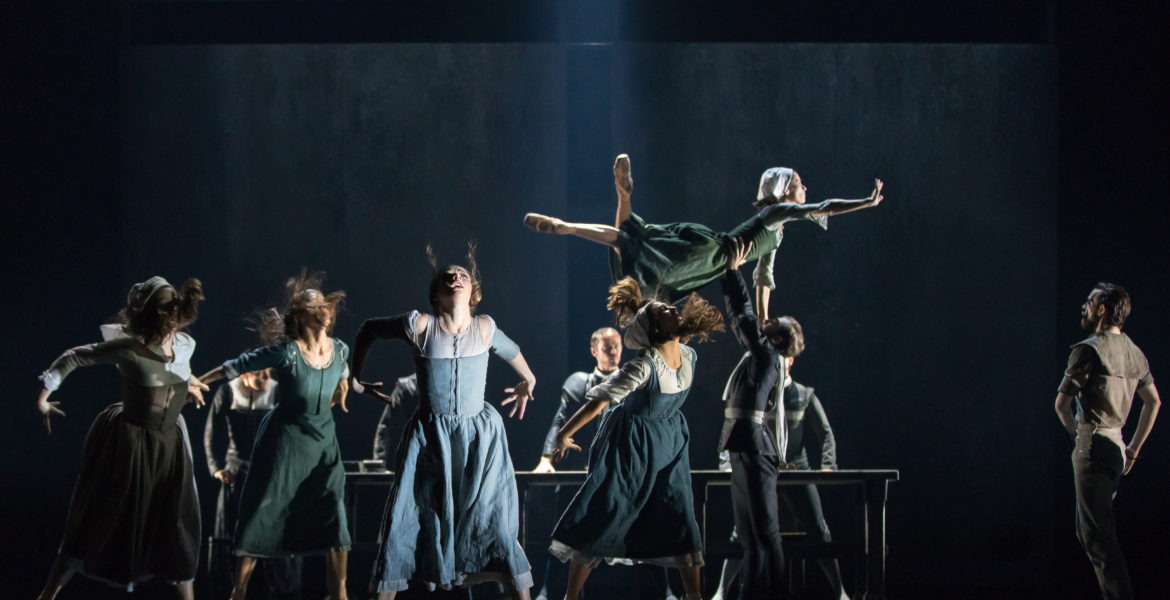The Crucible, a Scottish Ballet adaptation of American playwright Arthur Miller’s most widely produced play and the highly anticipated feature of the company’s 50th Anniversary season, debuted at the Edinburgh International Festival on Aug. 3 and ran through Aug. 5, 2019. Miller’s story, set during the Salem Witch Trials of the 1690’s, is a tale of fanaticism, manipulation, power and revenge. It is a layered work of theatre, with an ensemble cast, each character is driven by his or her own unique motivations. It’s seemingly challenging source material for a ballet, but it’s not the first time Scottish Ballet has dared to translate American theatre to dance, having garnered international success with their adaptation of Tennessee Williams’ A Streetcar Named Desire in 2012.

Expectations were high for The Crucible, but ultimately, were only half met. This high-intensity work that delves into the darkest recesses of the human psyche has plenty of meat and a clear structure, which favour one aspect of the ballet that is truly successful, its dramaturgy. Following the narrative is effortless, motivating the audience to focus on the storyline’s development. However, a lack of nuance in the specific movement and stylization of each character make the dance far less engrossing.
The ballet relies on a minimalist set and gorgeously designed lighting by David Finn to set the expectedly dark and foreboding tone of the work. Shadows that loom over the characters throughout – including everything from the church cross to the town’s woods – foreshadow oppression and assured mutual destruction. Emma Kingsbury’s period costumes are also critical to setting a tone of repression and setting a clear delineation between clergy and townsfolk, and although the clergy is seen as the tyrant, the enforcer, it is the town’s citizenry, hiding in plain sight, of whom the protagonists must truly be afraid.

Where the ballet faltered was Helen Pickett’s choreography. This is a tale in which each central character is motivated by different desires. While the corps de ballet is meant to represent an angry and fearful mob, each protagonist’s individuality is not marked by clear choreographic lines to set them apart from the otherwise unified crowd.
The clergy dances in lockstep with the fanatical mob, and each of the young women who are accusing and being accused of witchcraft dance so similarly that the only way to tell them apart is by the faded color of their dresses. A violent frenzy pervades all of the characters, with the exception of Elizabeth Proctor, making The Crucible a single note ballet marred by overuse of repetition and lacking emotional and physical variation.

There are only brief respites from the commotion of pointing fingers, angry arms throwing cross symbology across torsos and the failing possessions, mainly the three very short pas de deux between John Proctor and his long-suffering wife Elizabeth. These are the few moments that things get taken down a notch and lyricism returns, but they are all too quickly over, and it’s back to the jittery, overwrought, repetitive movement that moves one to disinterest by the middle of the second act.


